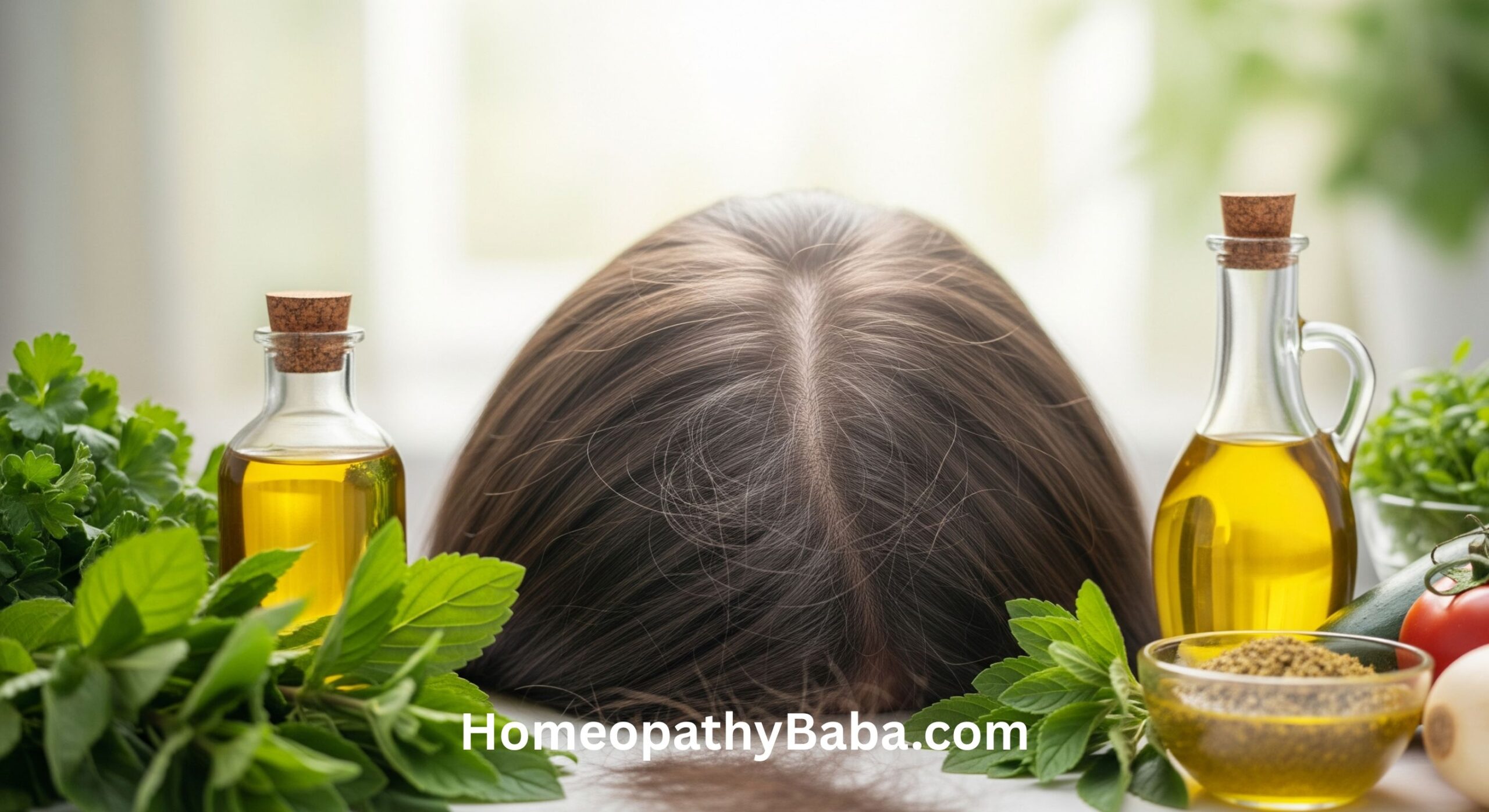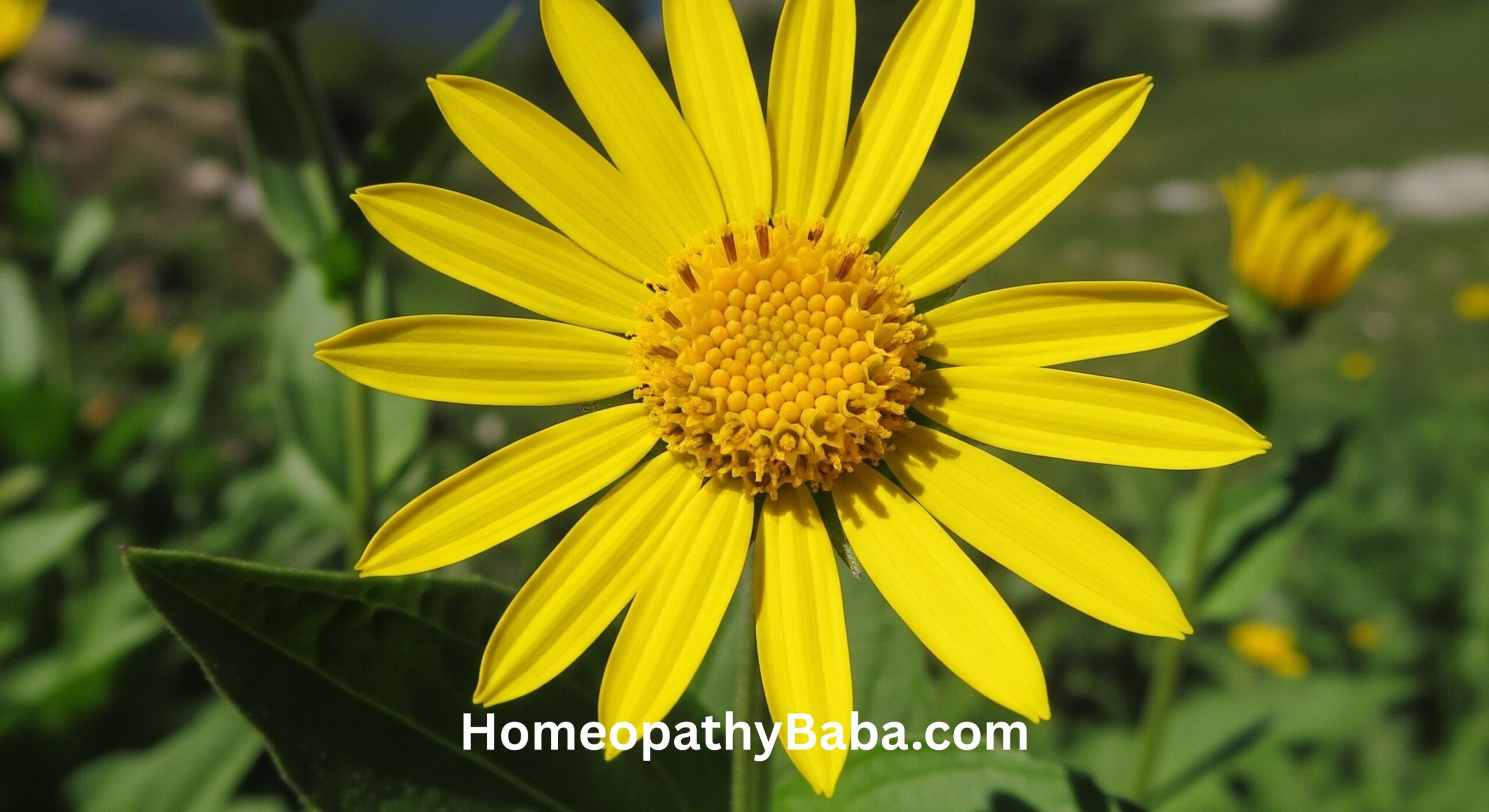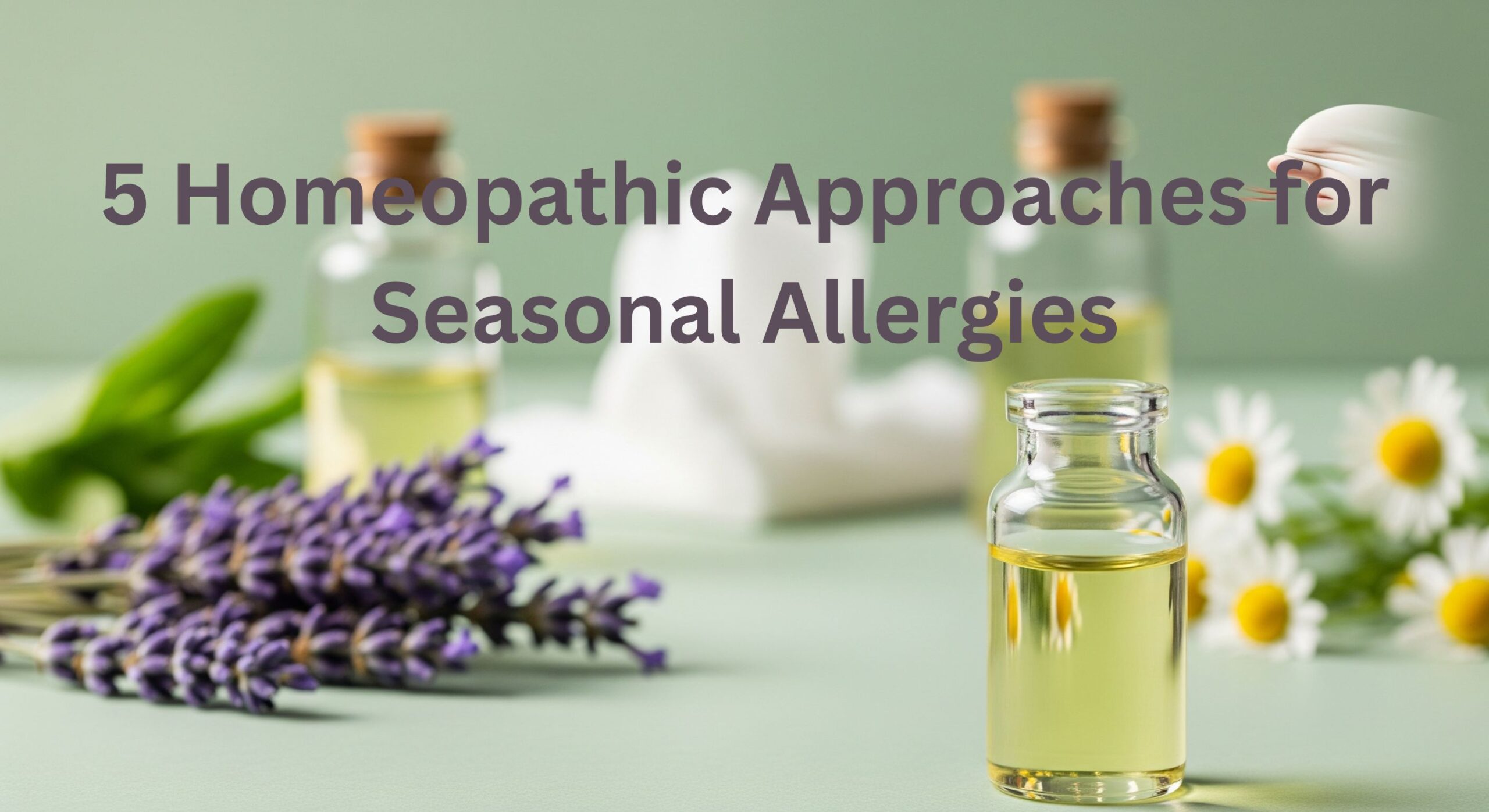
This article provides general information about hair loss and is authored by our consulting dermatologist, Dr. Meena Rasheed. For a personal diagnosis, please consult a qualified healthcare professional.
Dealing with hair loss can be a deeply distressing experience. While seeing some hair fall is normal (we typically shed 50-100 hairs a day), excessive thinning can be a sign of an underlying issue. As a dermatologist, my first step is always to identify the potential cause. Understanding the “why” behind your hair loss is crucial for finding the most effective way to address it naturally. This guide will explore five common causes of hair fall and holistic approaches to support healthier hair.
Is It Shedding or True Hair Loss?
First, it’s important to distinguish between temporary hair shedding (telogen effluvium), often caused by stress or illness, and progressive hair loss (androgenetic alopecia). While this article covers common triggers, a professional diagnosis is key. Now, let’s look at some of the primary contributing factors.
5 Common Causes of Hair Loss

1. Nutritional Deficiencies
Your hair follicles are tiny but highly metabolic factories. They require a steady supply of nutrients to build strong hair. Deficiencies in key vitamins and minerals are a very common and reversible cause of hair fall.
- Key Nutrients: Iron, Zinc, Vitamin D, and B-Vitamins (especially Biotin) are all crucial for hair growth.
- Natural Approach: Focus on a balanced diet rich in leafy greens, proteins, and healthy fats. Certain homeopathic remedies and supplements are also traditionally used to support nutritional balance, but a blood test can confirm specific deficiencies.
2. Hormonal Imbalances
Hormones play a huge role in regulating the hair growth cycle. Fluctuations due to pregnancy, menopause, thyroid issues, or conditions like Polycystic Ovary Syndrome (PCOS) can trigger hair loss. The most common type, androgenetic alopecia (pattern baldness), is linked to a sensitivity to the hormone DHT.
- Natural Approach: Managing stress, getting adequate sleep, and regular exercise can help support hormonal balance. From a homeopathic perspective, specific constitutional remedies are chosen to address the person’s overall hormonal picture.
3. Stress (Physical and Emotional)
Significant stress—from a major surgery, a high fever, or intense emotional strain—can push a large number of hair follicles into the “shedding” phase. This type of hair loss, called telogen effluvium, usually occurs about three months after the stressful event.
- Natural Approach: The good news is that this type of hair loss is often temporary. Focusing on stress-management techniques like meditation and ensuring you are getting proper nutrition can help the hair cycle return to normal.
4. Scalp Health and Inflammation
An unhealthy scalp is an unhealthy environment for hair growth. Conditions like severe dandruff (seborrheic dermatitis), fungal infections, or inflammation can all inhibit follicle function and lead to hair fall.
- Natural Approach: Use gentle, sulfate-free shampoos. Regular cleansing is important to prevent buildup. Medicated shampoos and topical oils with natural anti-inflammatory properties can be very effective. It’s crucial to treat the underlying scalp condition.
5. Harsh Hair Treatments and Styling
Constant pulling from tight hairstyles (traction alopecia), chemical damage from bleaching or straightening, and excessive heat styling can all physically damage the hair shaft and follicle, leading to breakage and hair loss.
- Natural Approach: Be gentle with your hair. Avoid tight hairstyles, minimize heat, and use nourishing hair masks and oils to restore moisture and strength.
A Holistic Path to Healthier Hair
Addressing the causes of hair loss often requires a multi-faceted approach that considers diet, lifestyle, and targeted treatments. By understanding the root of the problem, you can take effective, natural steps toward restoring the health and vitality of your hair.

